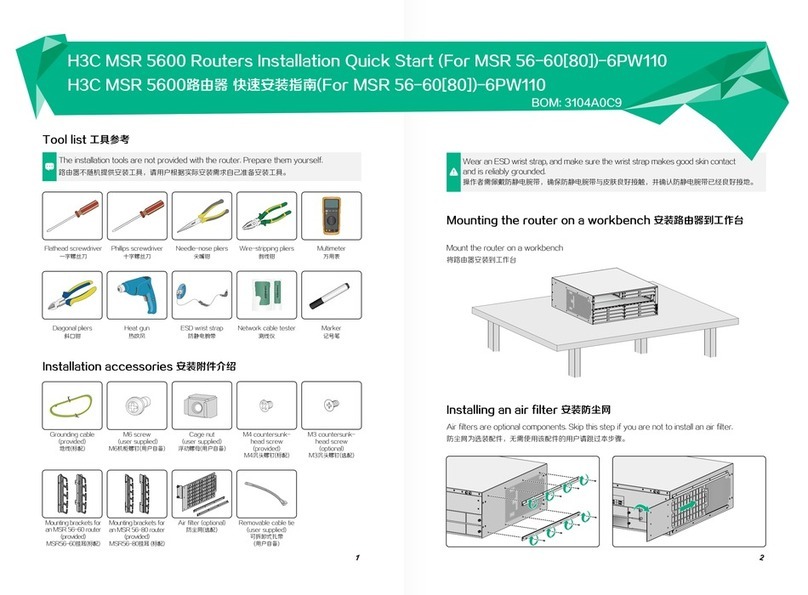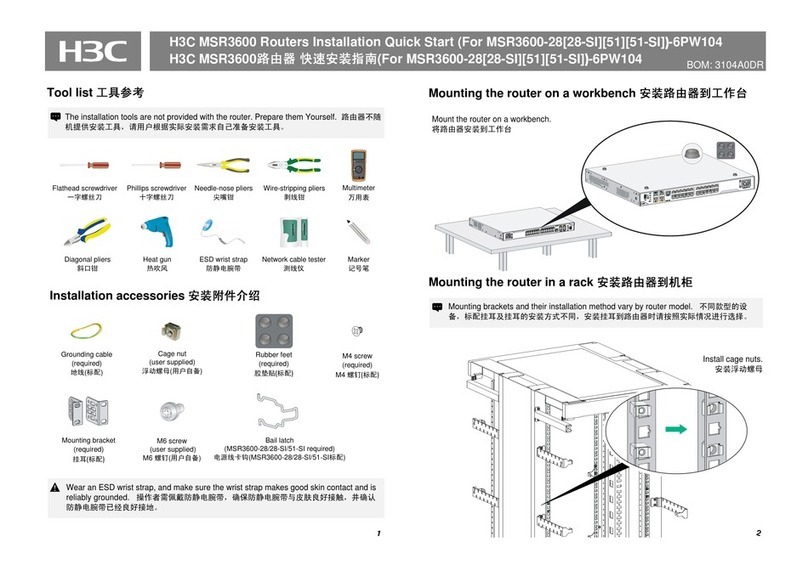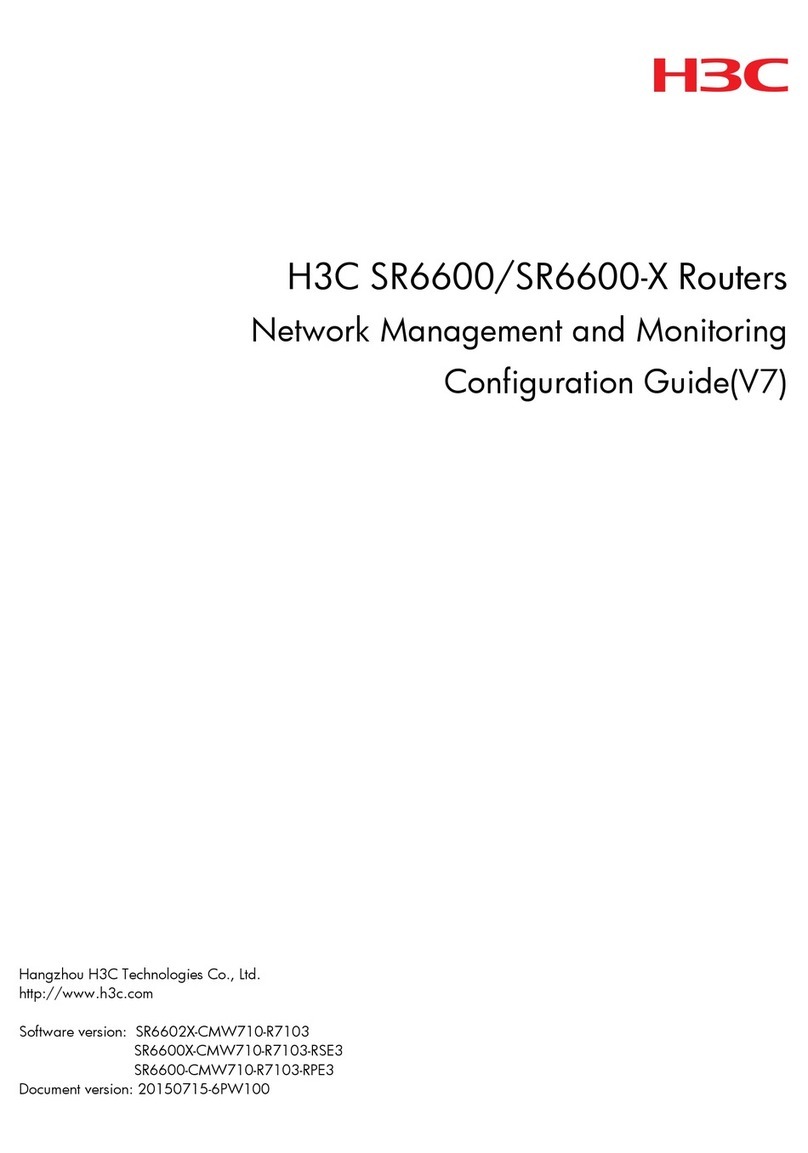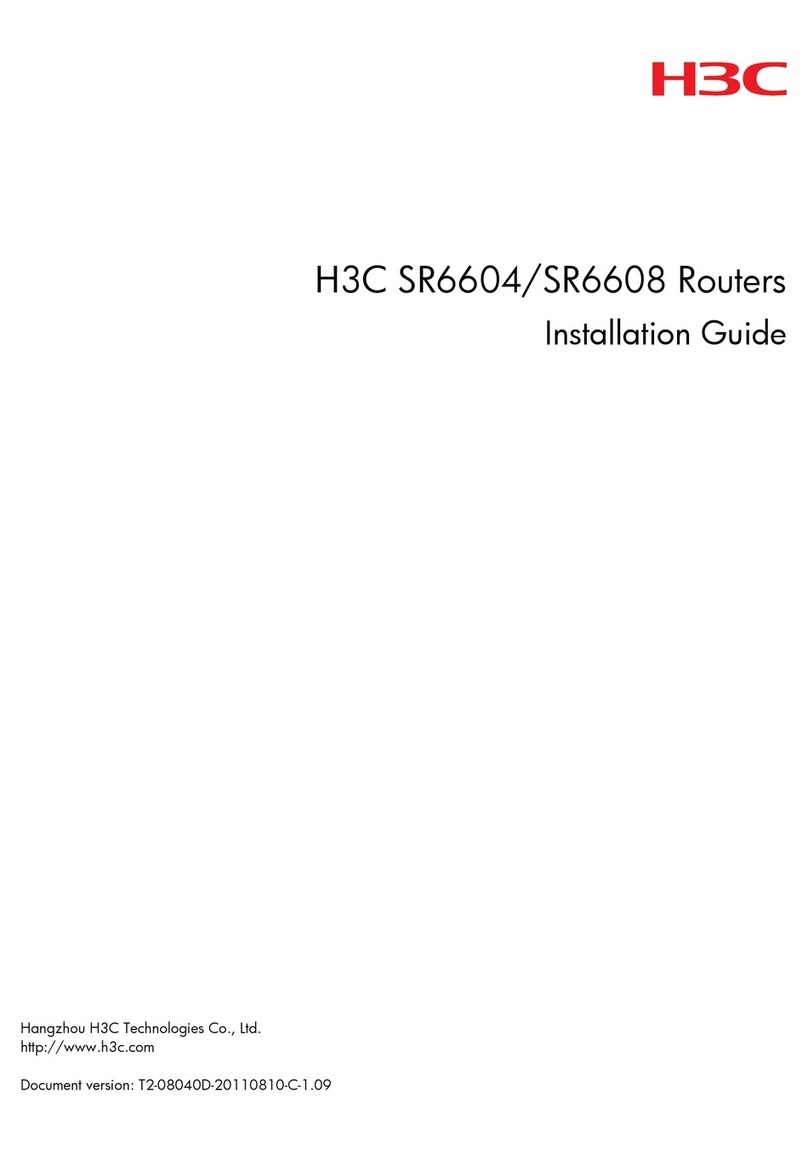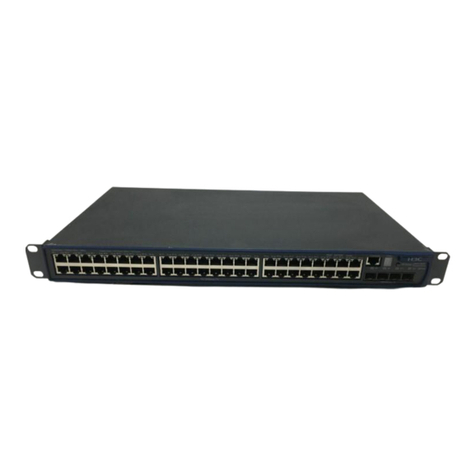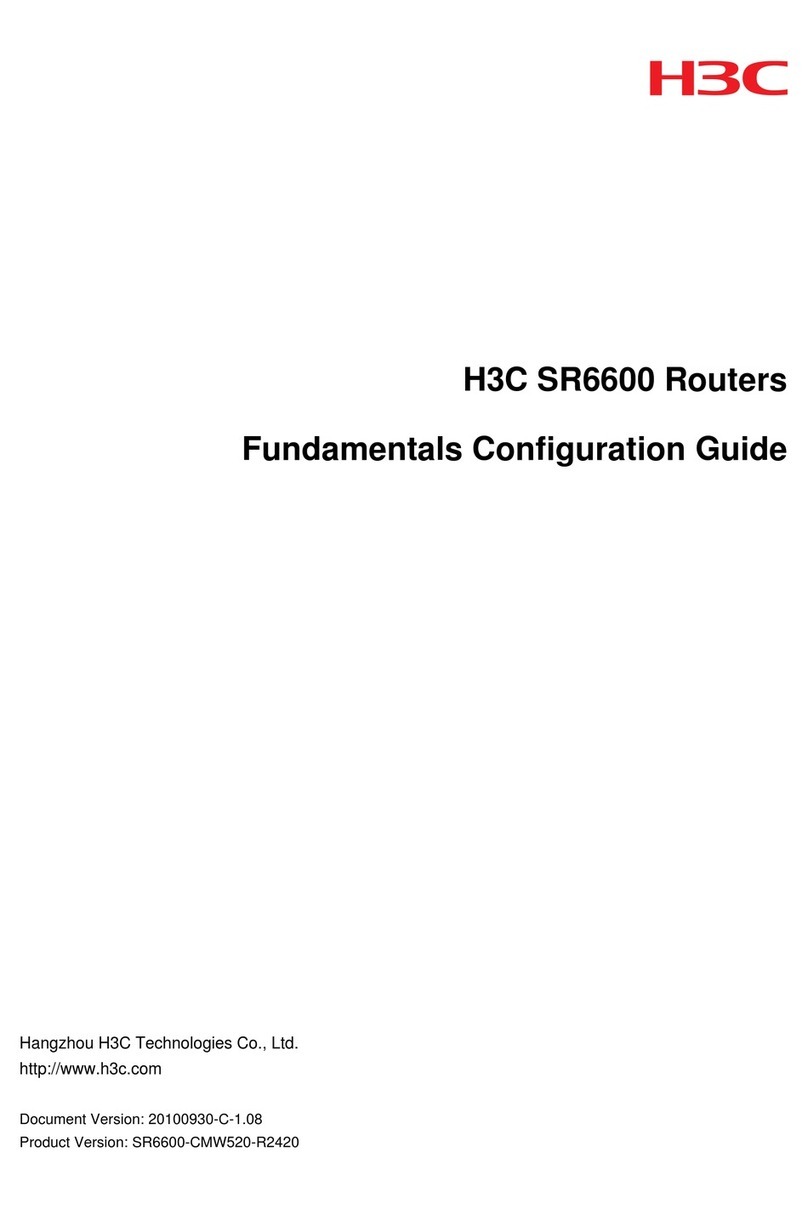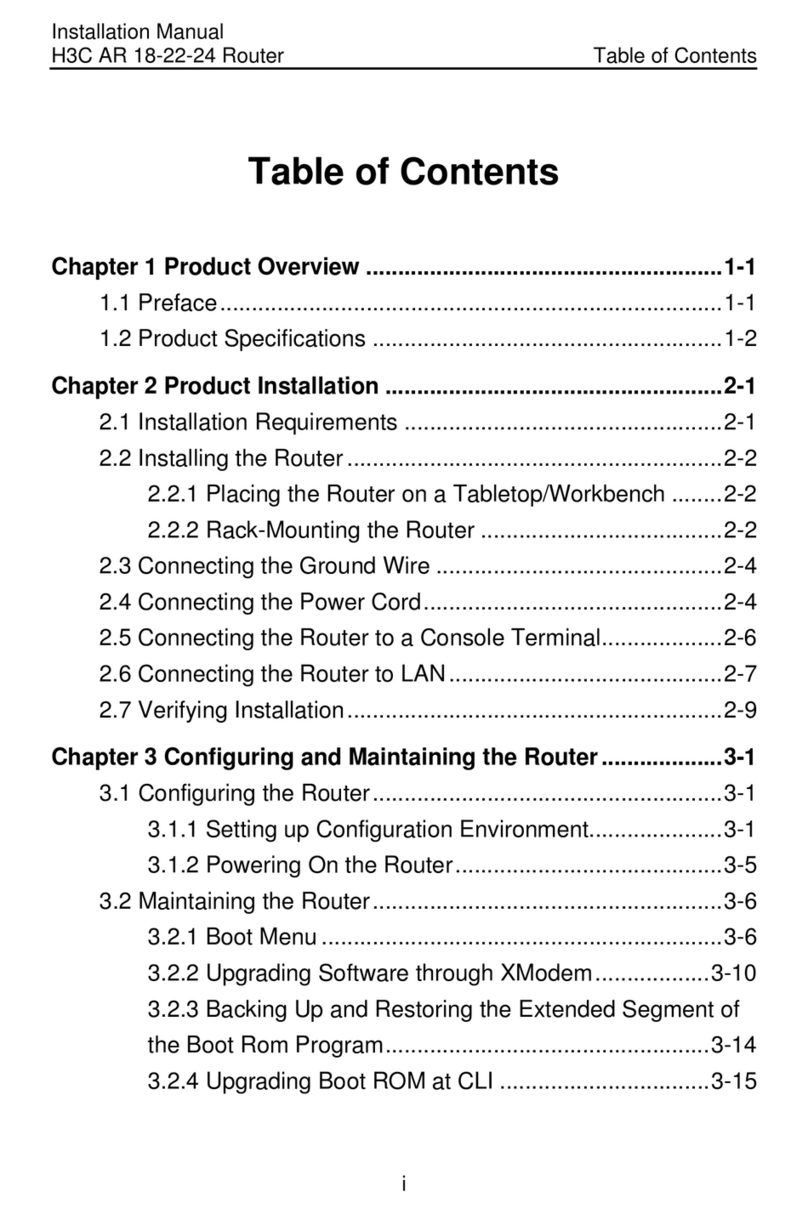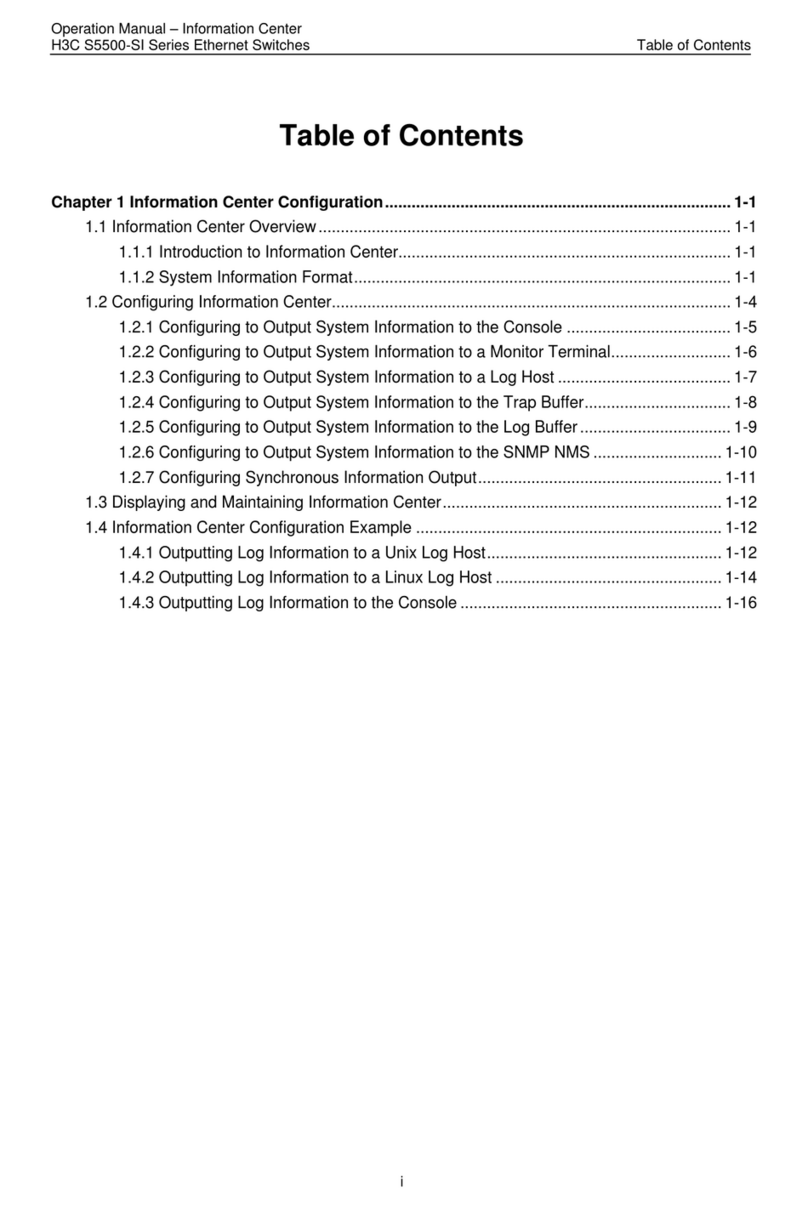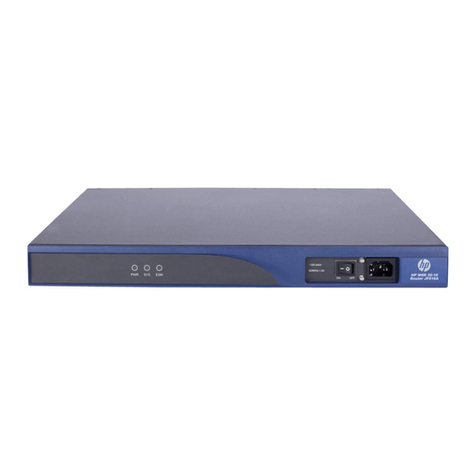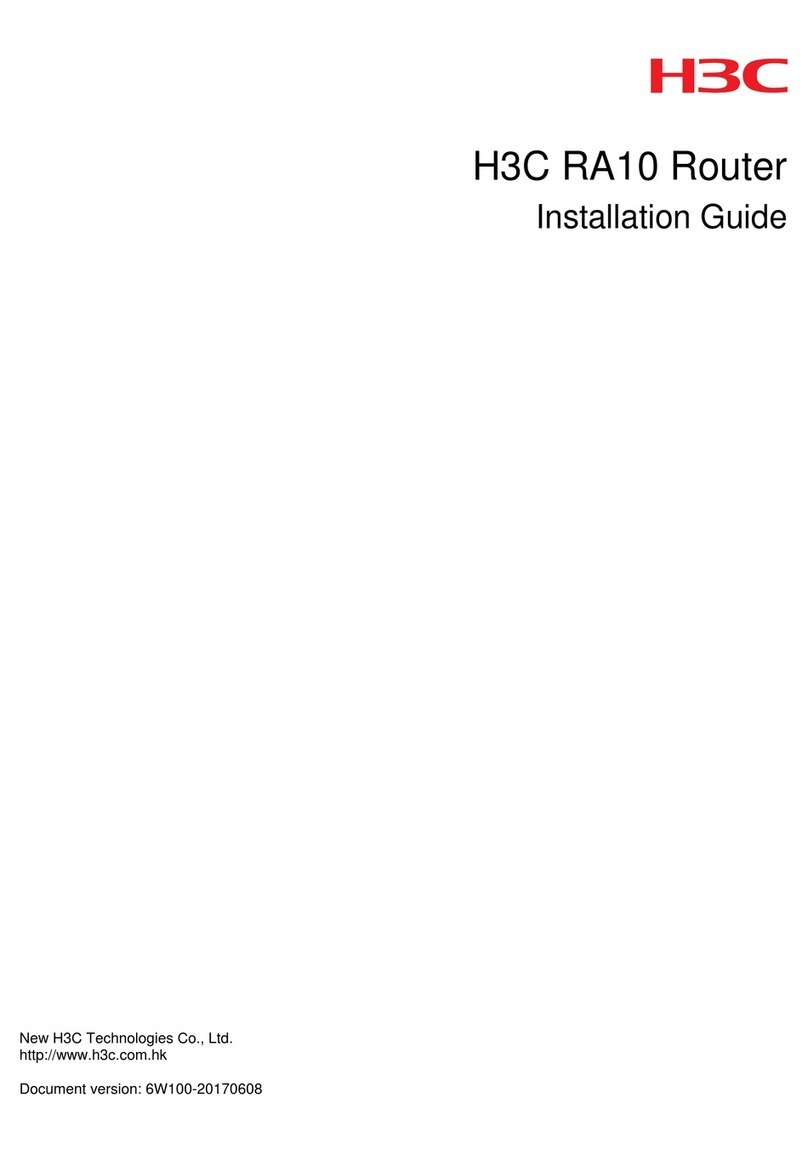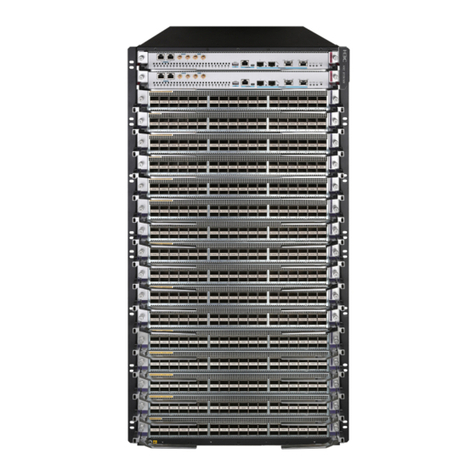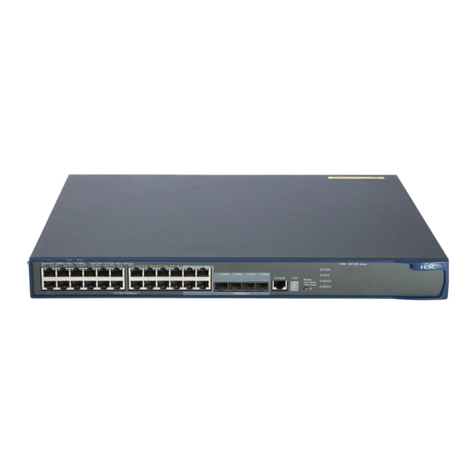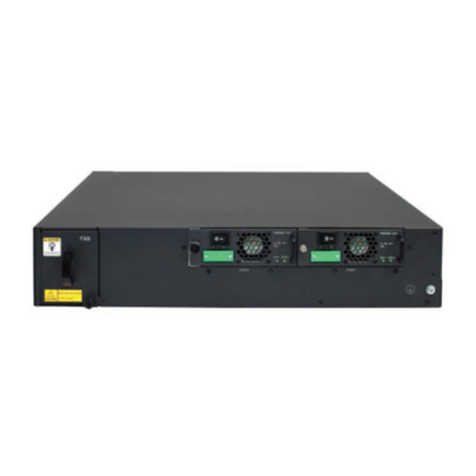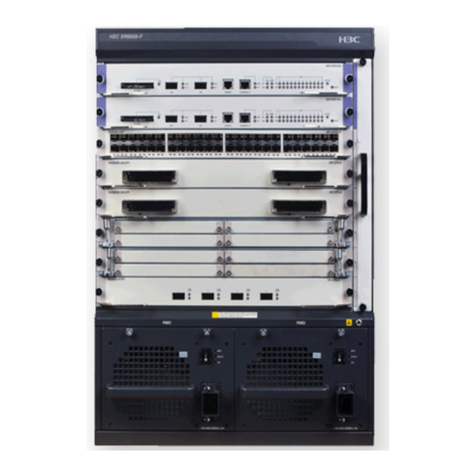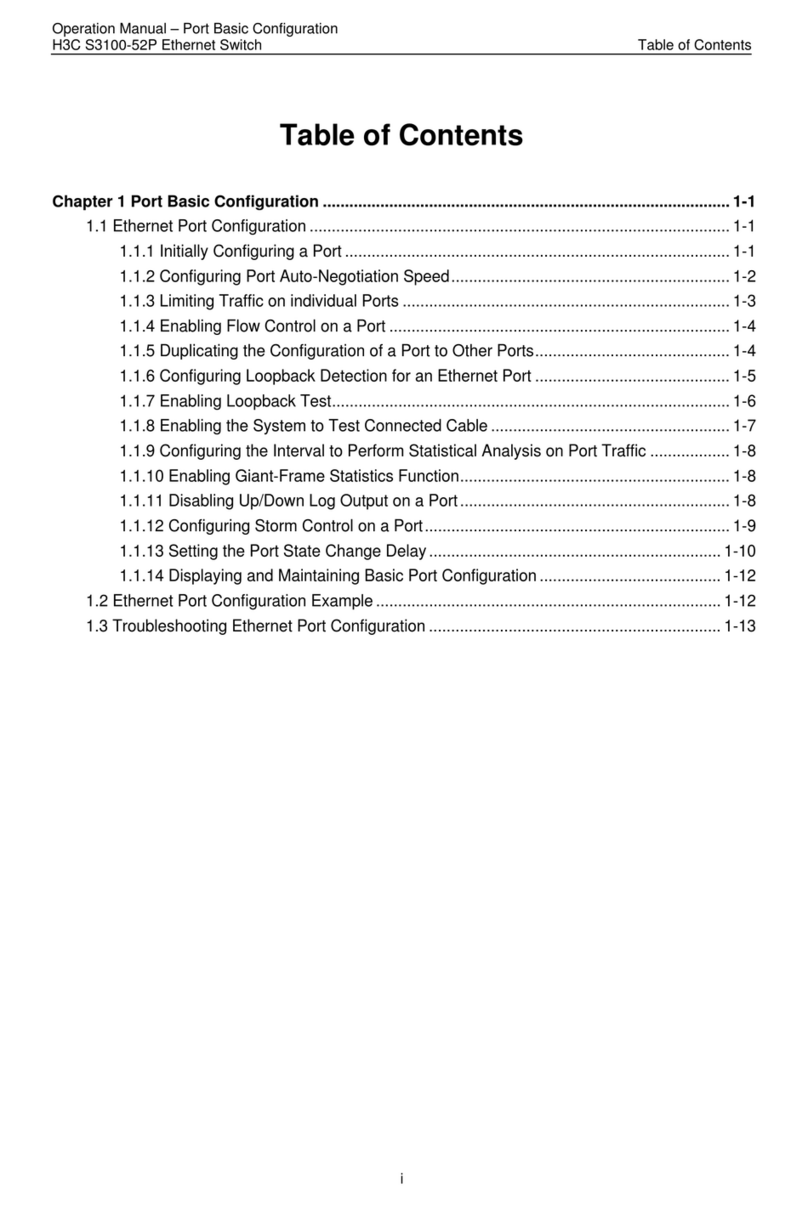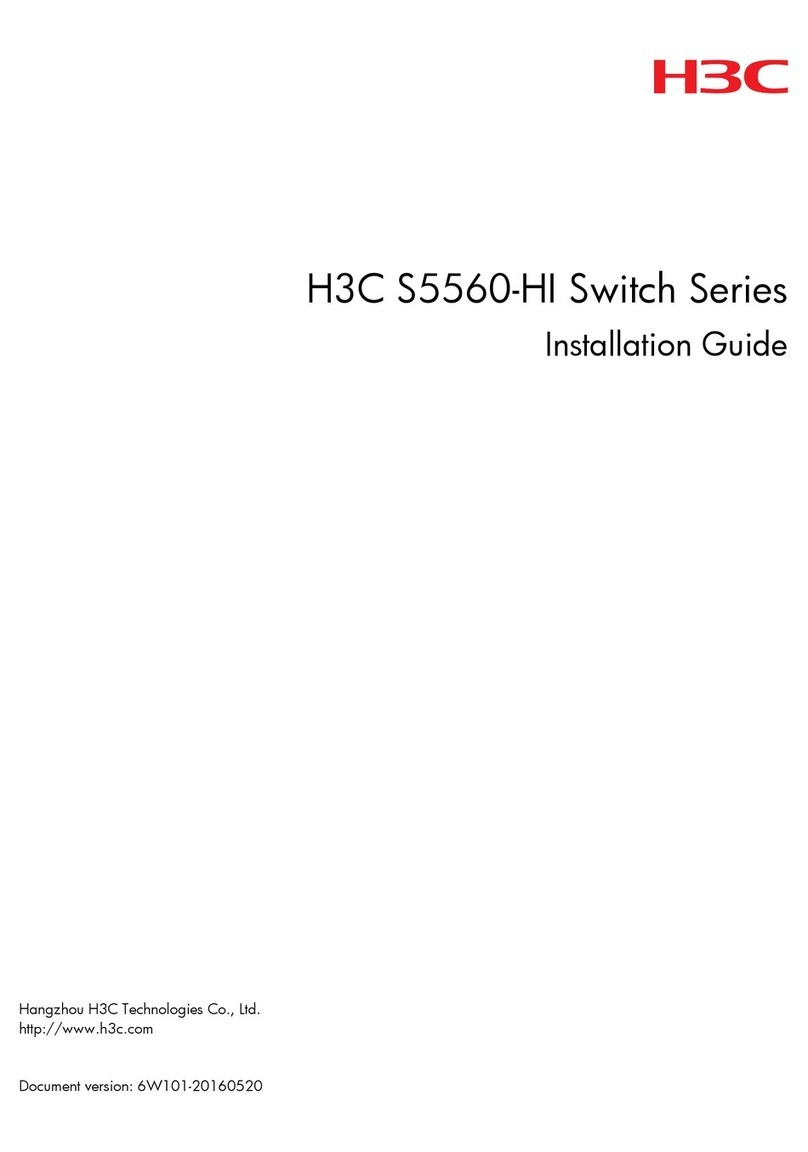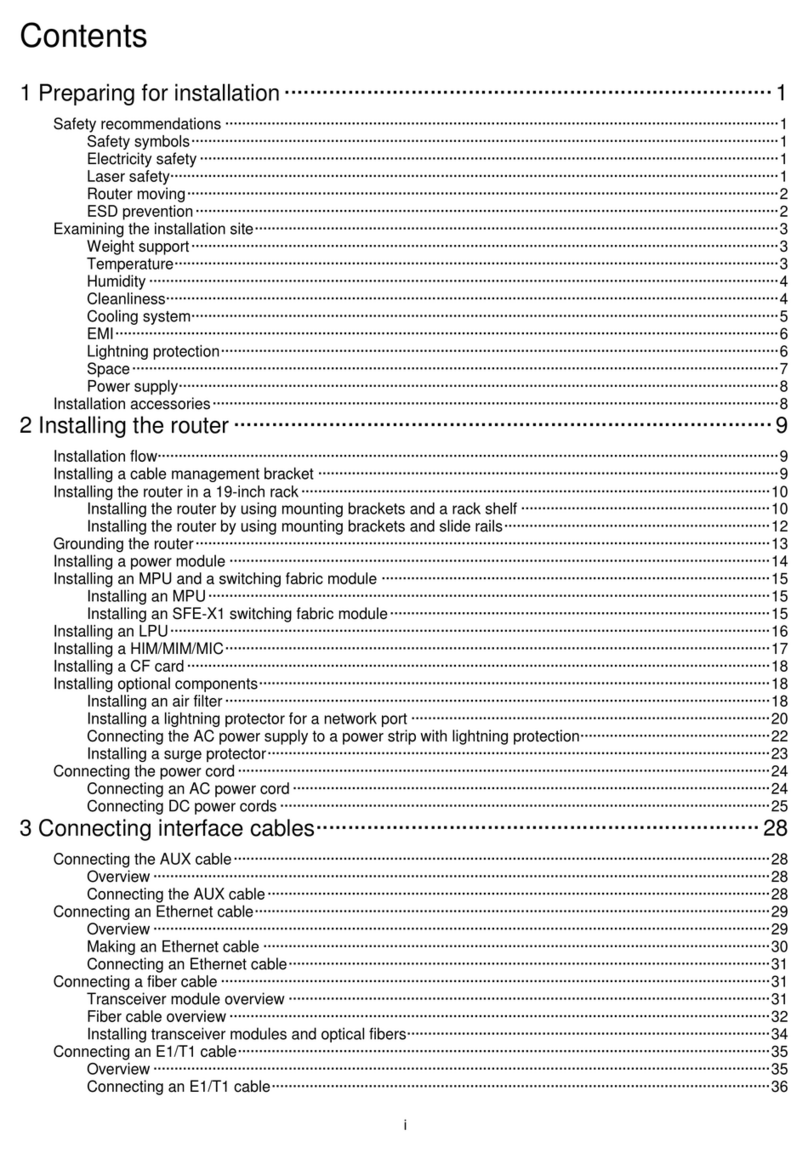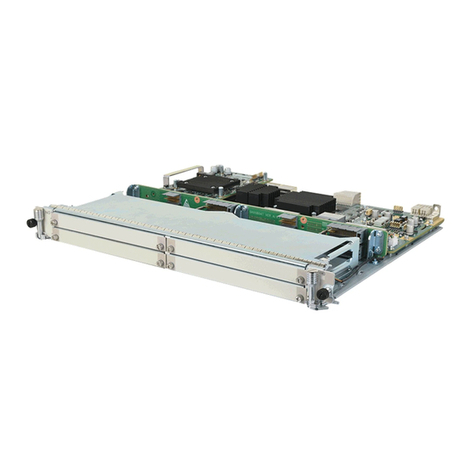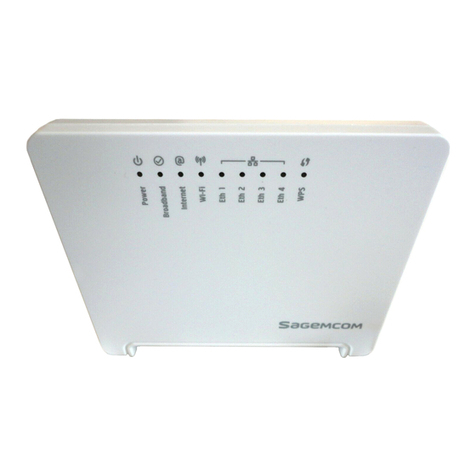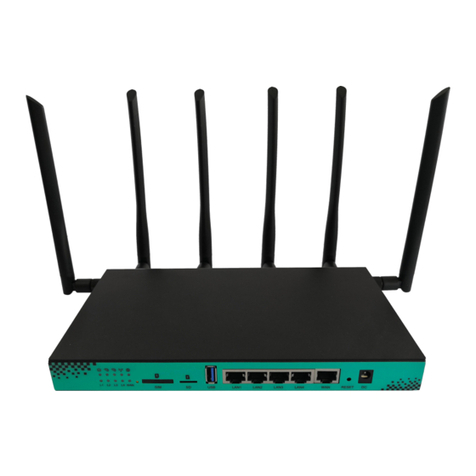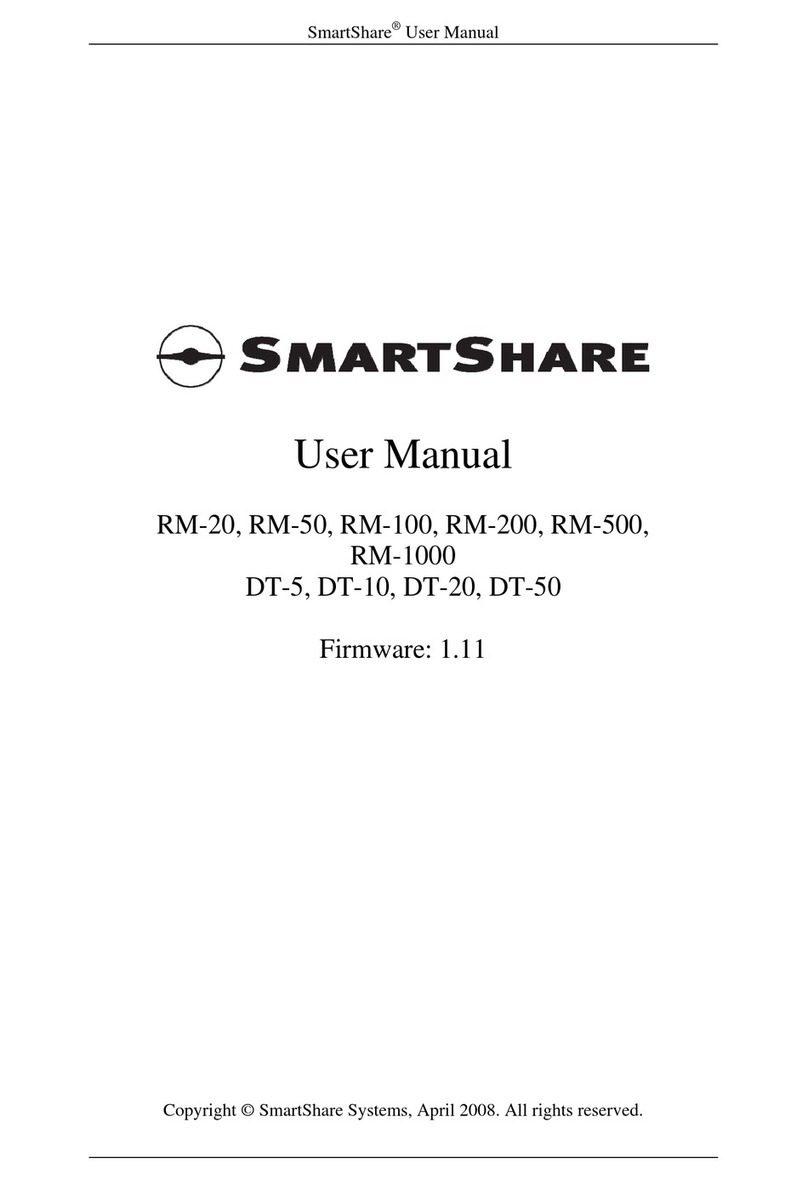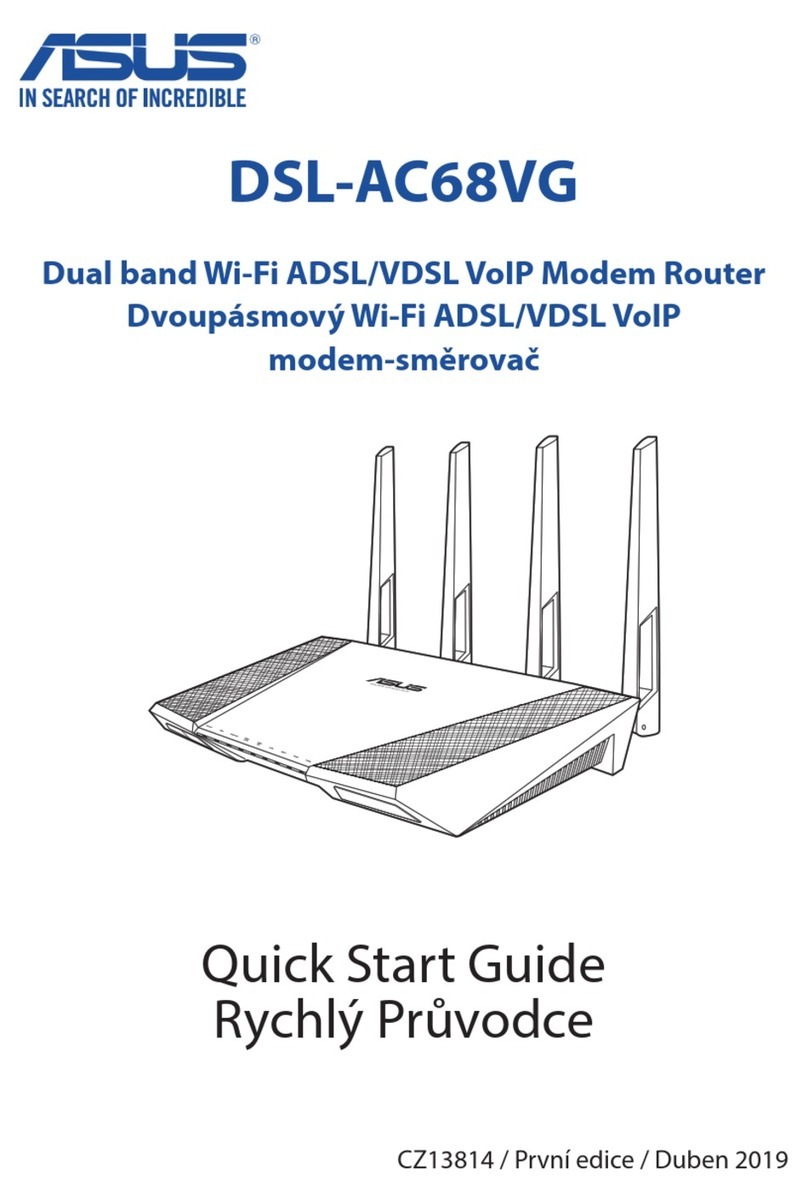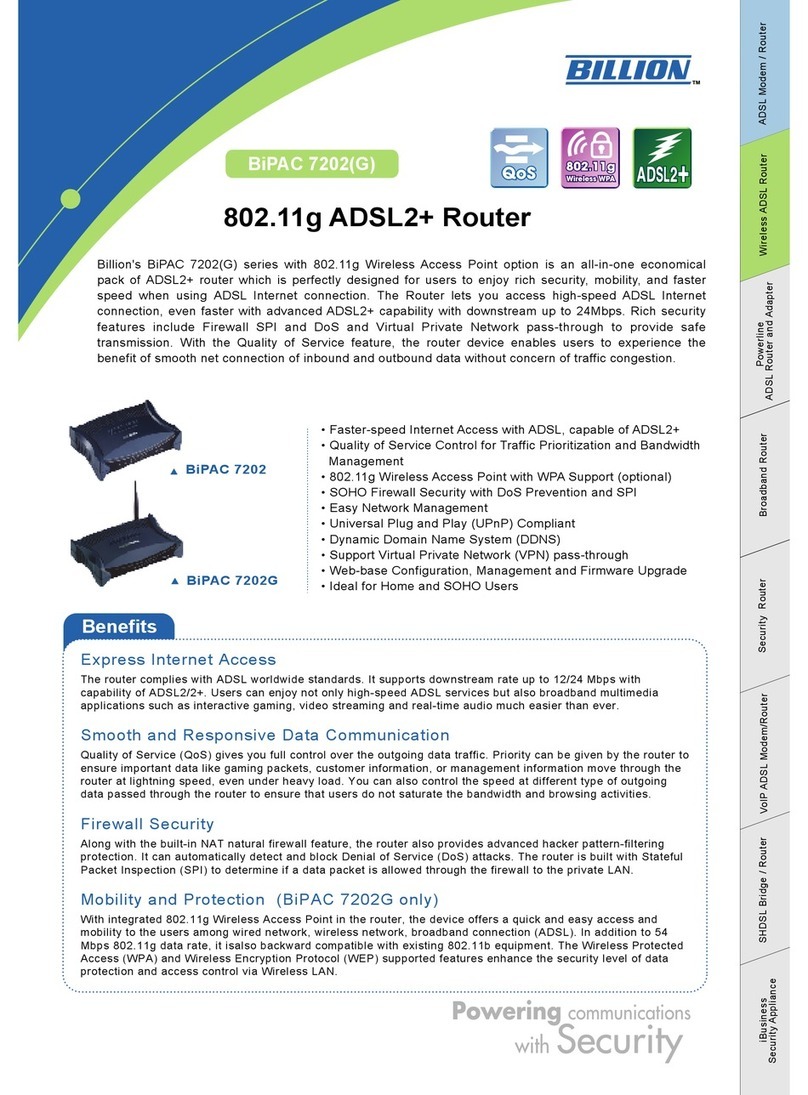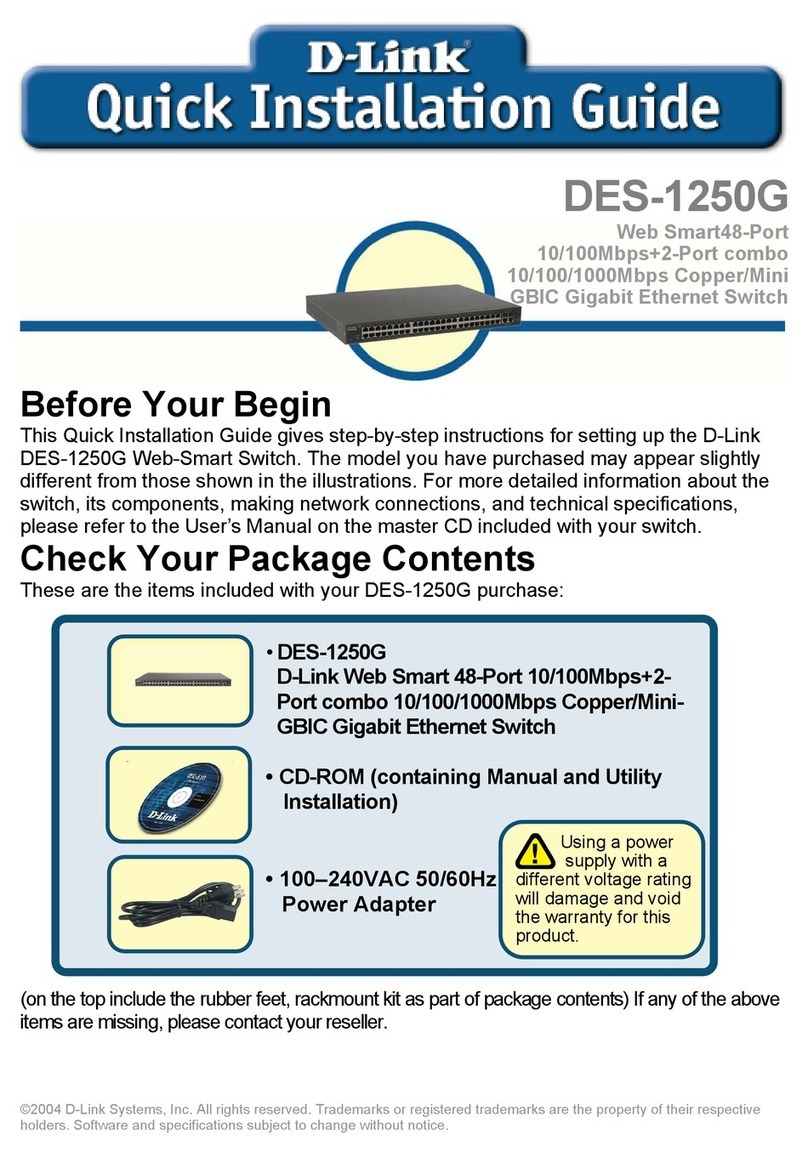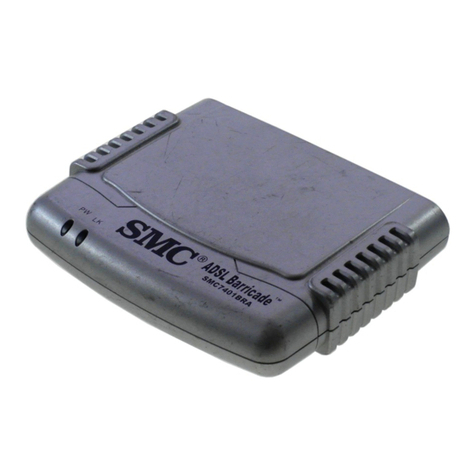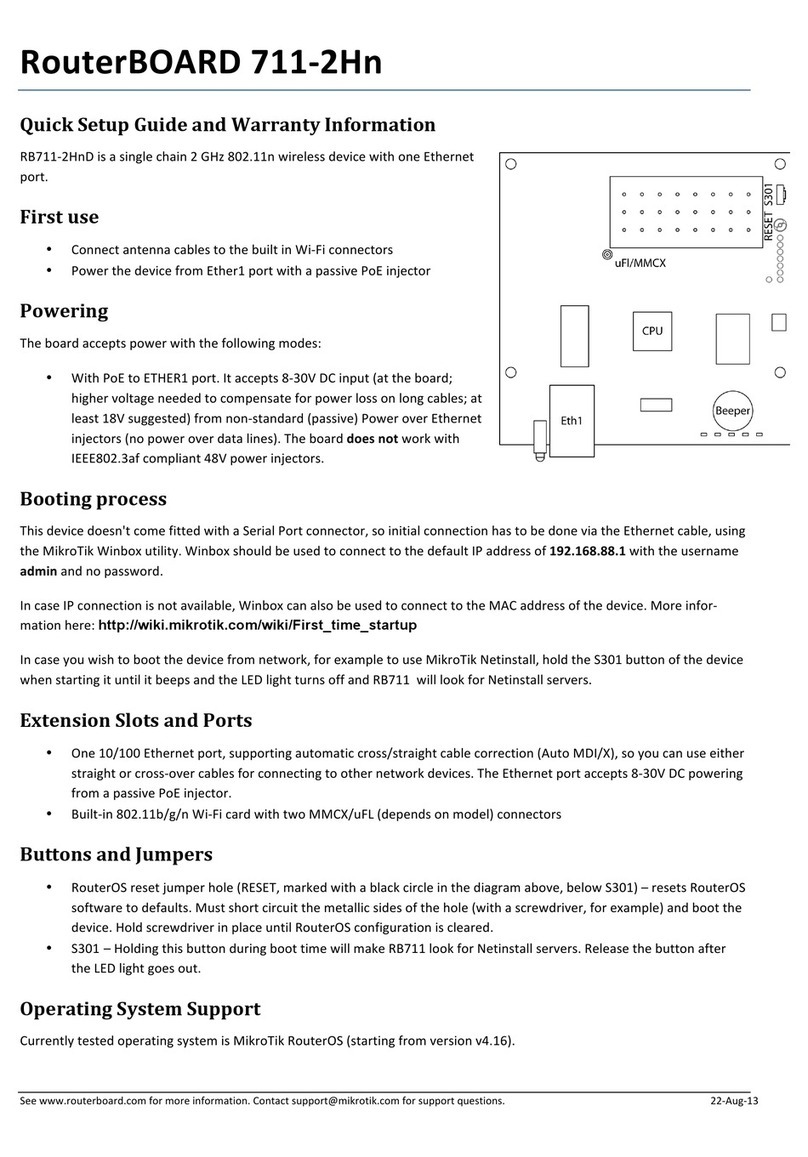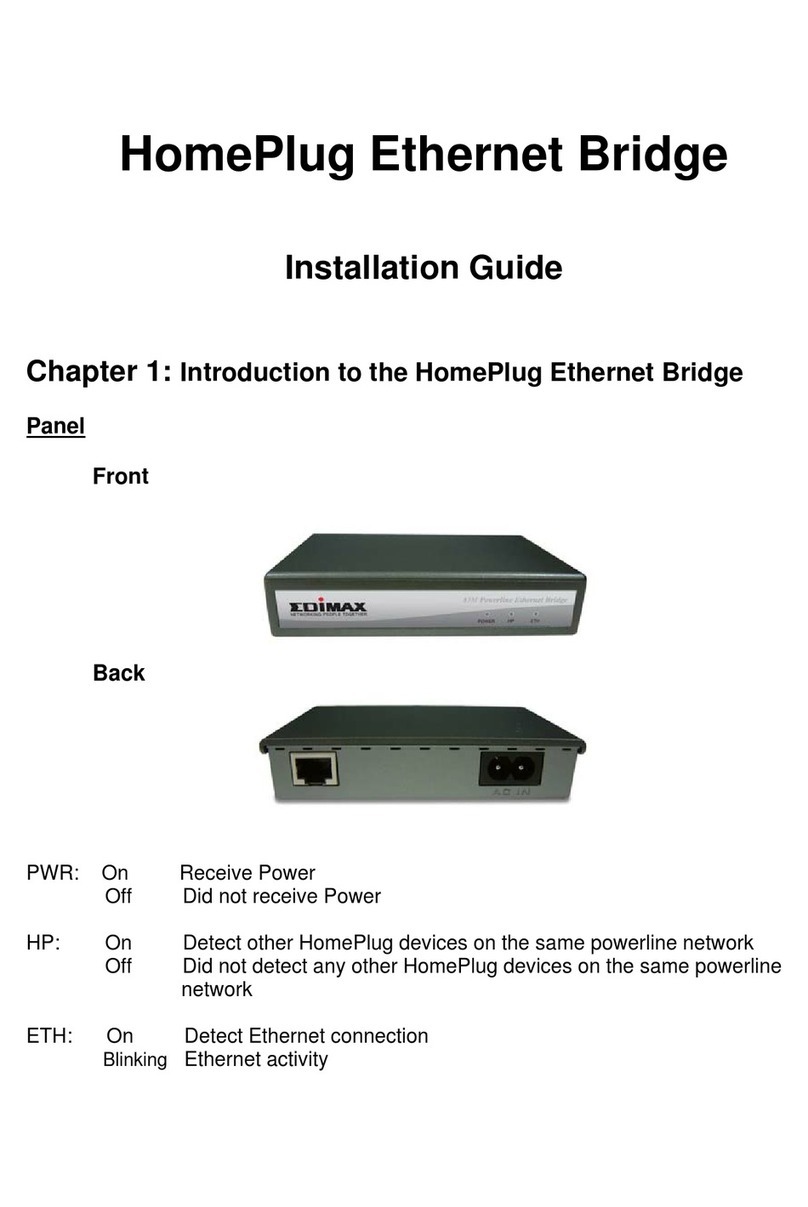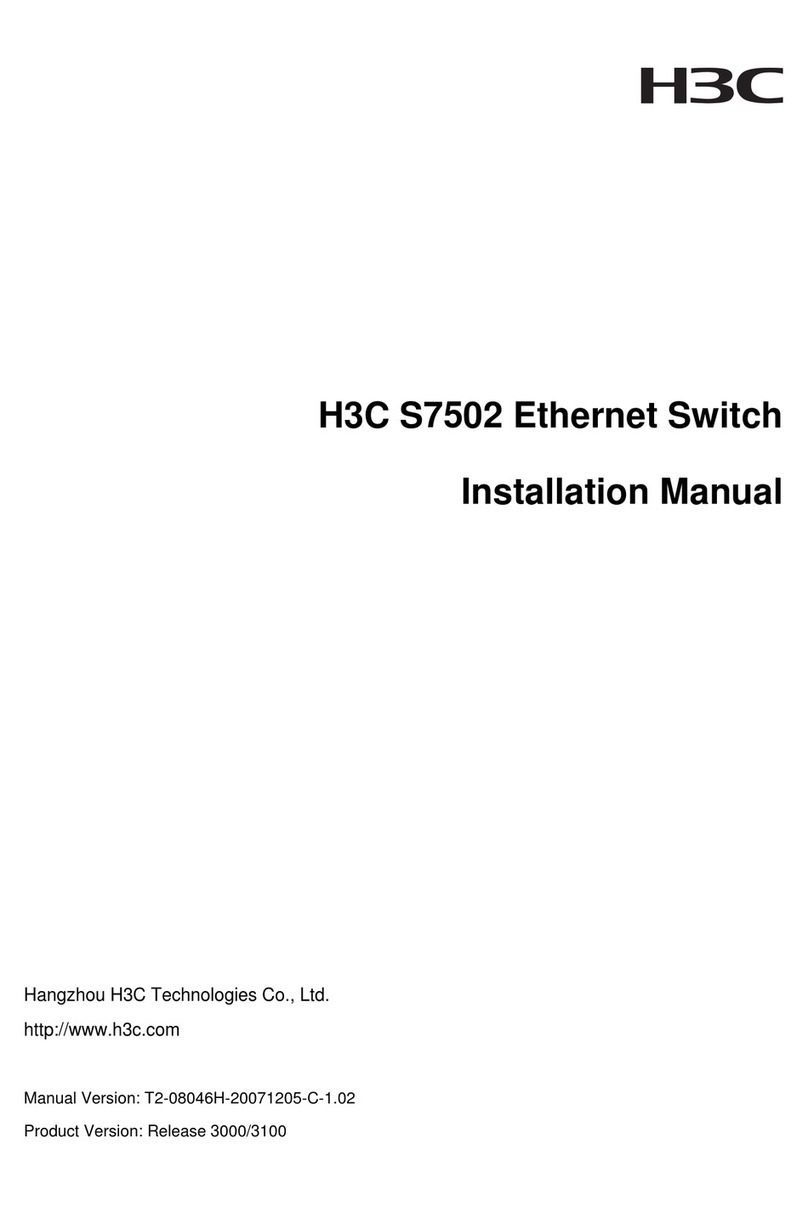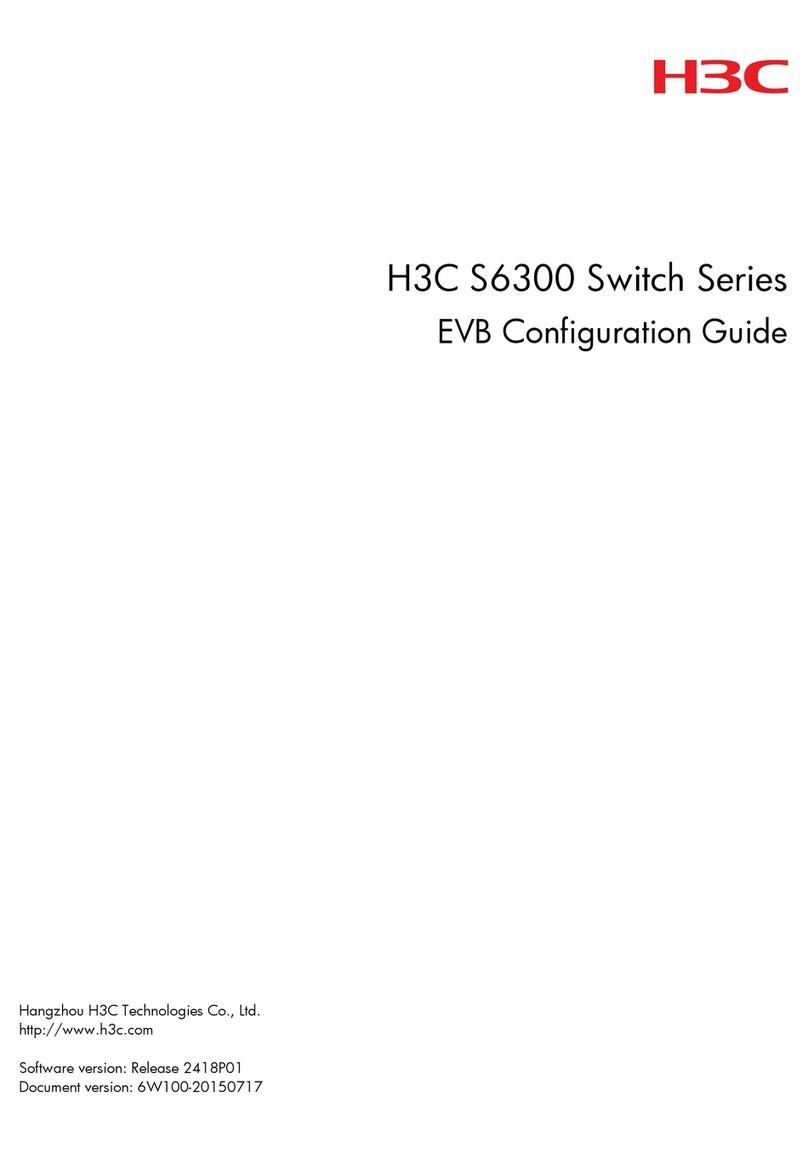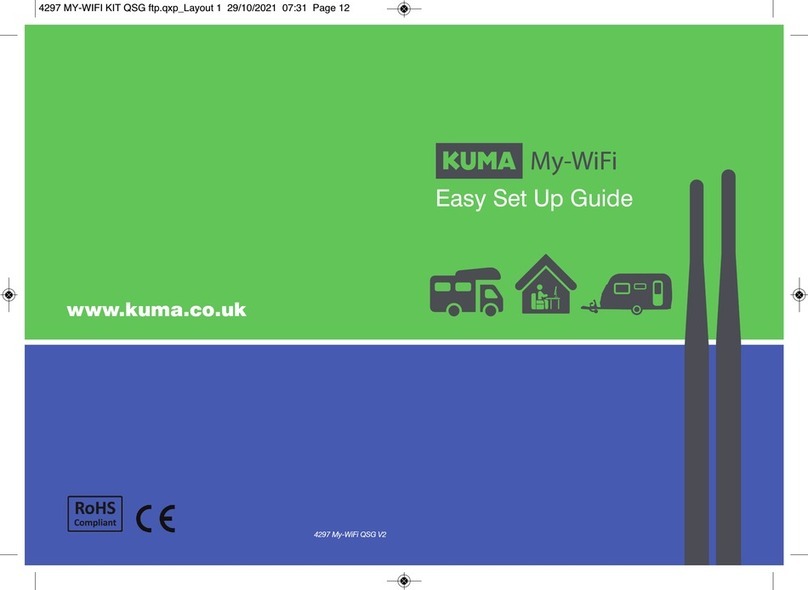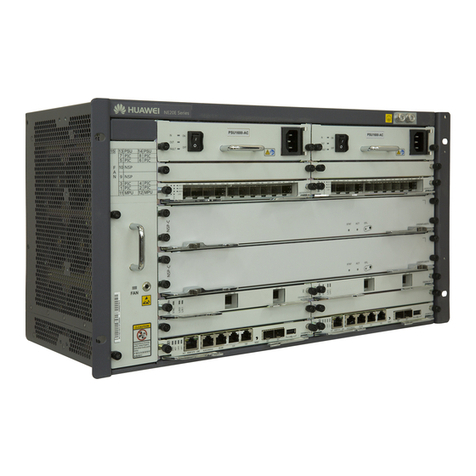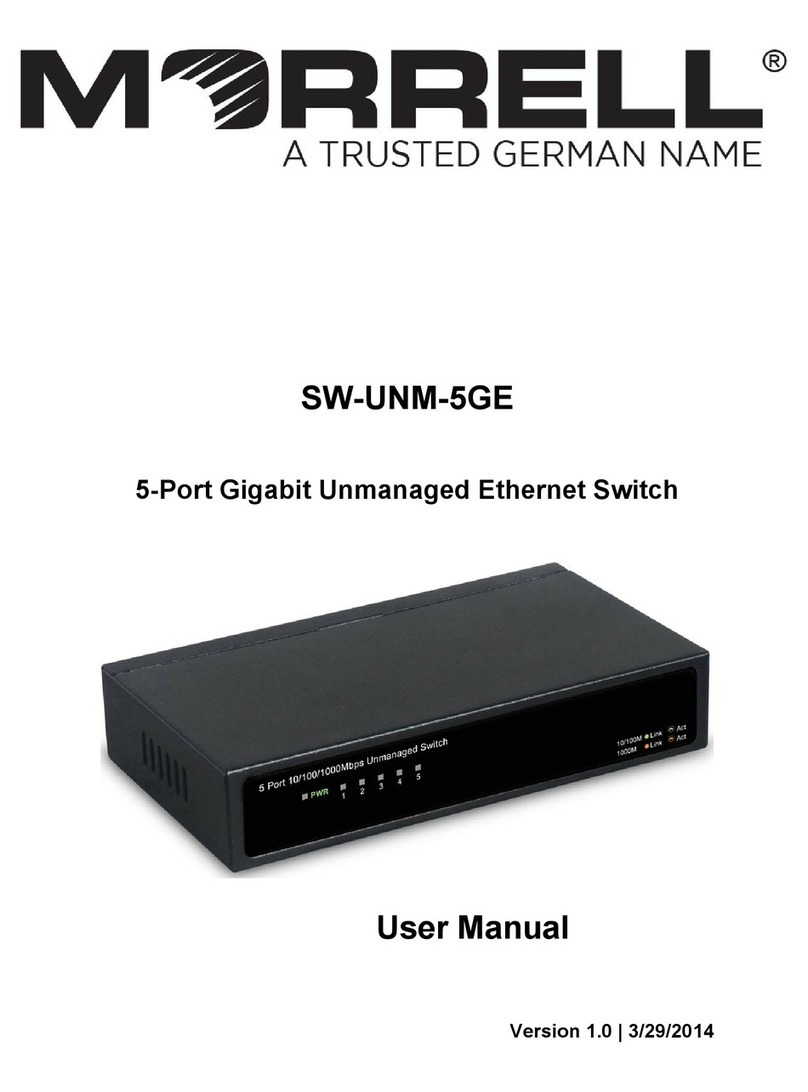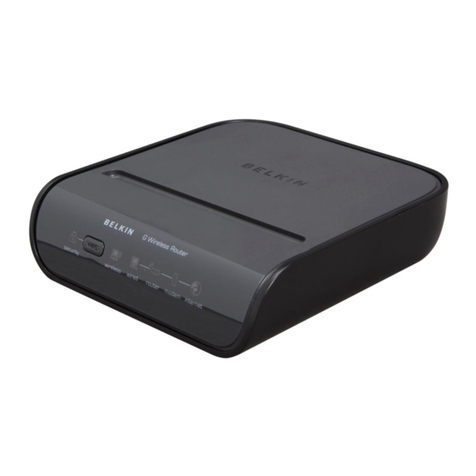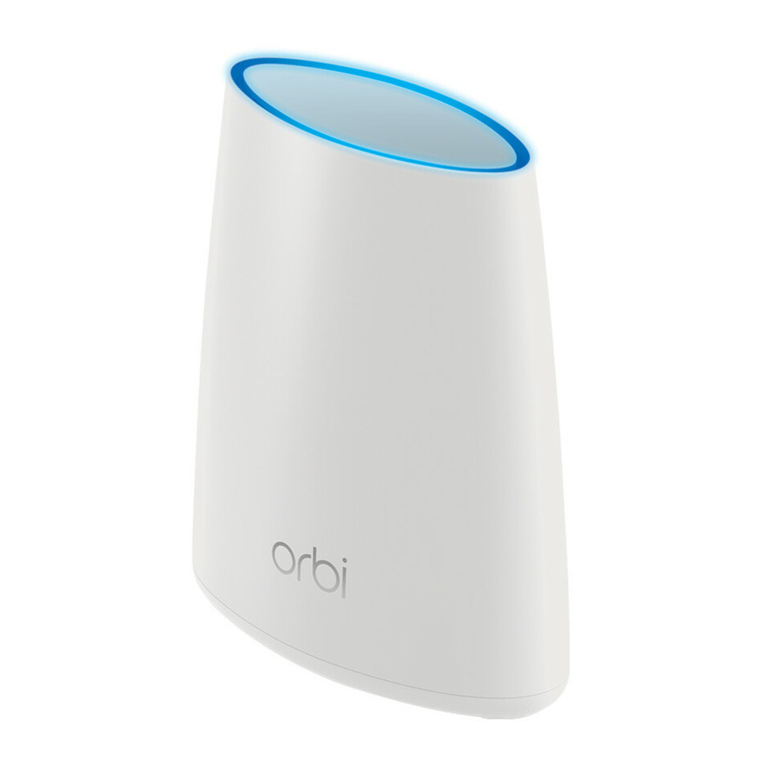
iii
Port isolation configuration example···························································································································· 60
Configuring spanning tree protocols ························································································································61
STP ··················································································································································································· 61
STP protocol packets ············································································································································· 61
Basic concepts in STP············································································································································ 62
Calculation process of the STP algorithm ··········································································································· 63
RSTP················································································································································································· 68
PVST················································································································································································· 68
MSTP················································································································································································ 68
STP, RSTP, and PVST limitations ·························································································································· 68
MSTP features ························································································································································ 68
MSTP basic concepts ············································································································································ 69
How MSTP works ·················································································································································· 73
Implementation of MSTP on devices···················································································································· 73
Protocols and standards ················································································································································ 73
Spanning tree configuration task list···························································································································· 74
Configuration restrictions and guidelines ··········································································································· 74
STP configuration task list····································································································································· 74
RSTP configuration task list··································································································································· 75
PVST configuration task list··································································································································· 76
MSTP configuration task list ································································································································· 77
Setting the spanning tree mode···································································································································· 78
Configuring an MST region ·········································································································································· 79
Configuration restrictions and guidelines ··········································································································· 79
Configuration procedure ······································································································································ 79
Configuring the root bridge or a secondary root bridge ·························································································· 80
Configuration restrictions and guidelines ··········································································································· 80
Configuring the current device as the root bridge of a specific spanning tree·············································· 80
Configuring the current device as a secondary root bridge of a specific spanning tree······························ 81
Configuring the device priority····································································································································· 81
Configuring the maximum hops of an MST region ···································································································· 81
Configuring the network diameter of a switched network························································································· 82
Configuring spanning tree timers································································································································· 82
Configuration restrictions and guidelines ··········································································································· 83
Configuration procedure ······································································································································ 83
Configuring the timeout factor ······································································································································ 84
Configuring the maximum port rate····························································································································· 84
Configuring edge ports ················································································································································· 85
Configuration restrictions and guidelines ··········································································································· 85
Configuration procedure ······································································································································ 85
Configuring path costs of ports ···································································································································· 85
Specifying a standard for the device to use when it calculates the default path cost ··································· 86
Configuring path costs of ports···························································································································· 87
Configuration example ········································································································································· 88
Configuring the port priority ········································································································································· 88
Configuring the port link type······································································································································· 89
Configuration restrictions and guidelines ··········································································································· 89
Configuration procedure ······································································································································ 89
Configuring the mode a port uses to recognize/send MSTP packets······································································ 89
Enabling outputting port state transition information·································································································· 90
Enabling the spanning tree feature ······························································································································ 91
Configuration restrictions and guidelines ··········································································································· 91
Enabling the spanning tree feature (in STP/RSTP/MSTP mode) ······································································ 91
Enabling the spanning tree feature (in PVST mode) ·························································································· 91




















